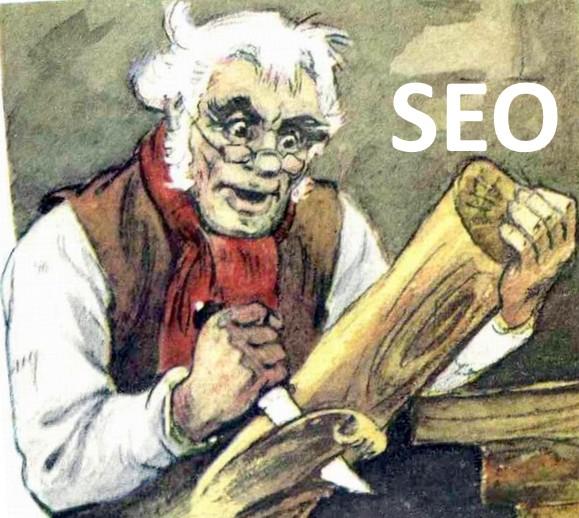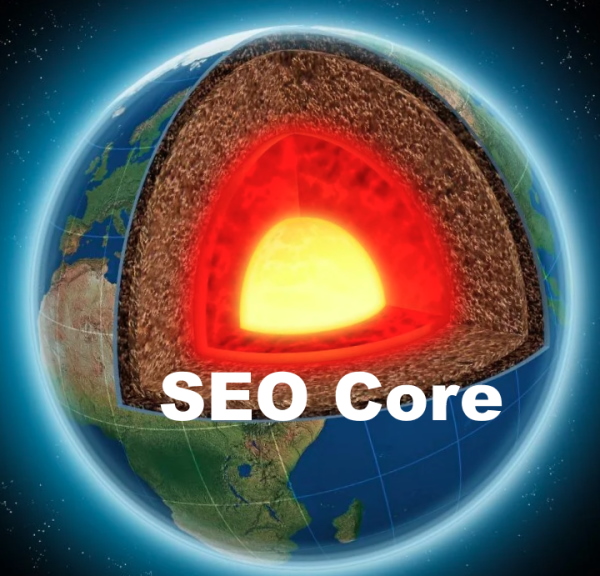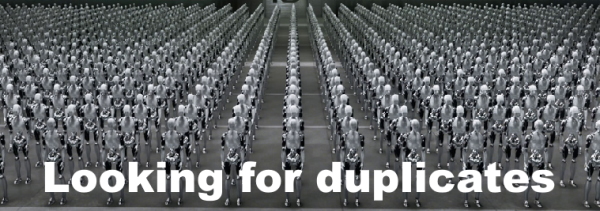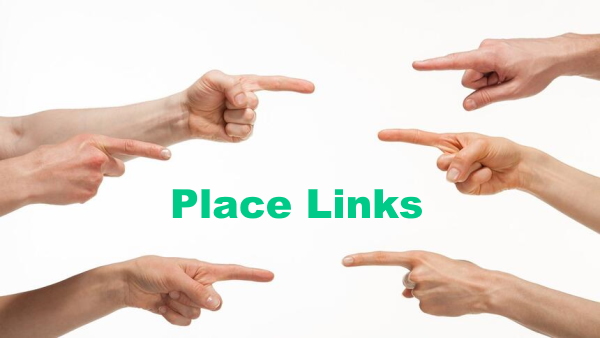Internal SEO website optimization in 2025 for the Google search engine

Internal SEO optimization of a website is a set of actions, in accordance with the requirements of search engines, that need to be carried out on a website to improve its position in search results.
In this article we will try to highlight the main methods of internal SEO website optimization in 2025.
Before starting site promotion you need to carry out SEO optimization. Without this, the effect of external promotion (purchase of backlinks) will be on orders of magnitude smaller.
It doesn’t really matter whether you are optimizing your site for the USA, Europe, Russia or Ukraine, for the Google or Yandex search engine, the process will be identical. Of course, there are some differences in the work on different sites, but this difference in work is largely determined by the theme of the site and its structure (online store, business card site, corporate site, etc.).
You will learn how to do SEO optimization of a website yourself and check its compliance with search engine requirements in this article.
10 Stages of internal website optimization
- Analysis of the site, topics and competitors
- SEO core, meta tags and tags
- SEO texts and unique content
- Duplicate pages
- Sitemaps: sitemap.html and sitemap.xml
- Site relinking
- Micro markup: schema.org and Open Graph
- Optimizing source code and Pagespeed
- Usability and behavioral factors
- Tools for webmasters: Google Webmaster Tools and Yandex Webmaster
Analysis of the promoted site, topics and competitor sites
After the client has provided all access to the site, the SEO optimizer begins analyzing the site's products and services, analyzing competitors' sites, and also compiling a list of work that needs to be done first.
Tasks of an SEO optimizer at the initial stage
- Based on search results and Serpstat tools, conduct an analysis of site visibility for high-frequency, mid-range and low-frequency queries.
- Analyze the top 10 competitor sites in Google search results to understand which phrases are worth promoting.
- Analyze the external links of the top 10 competitor sites to understand the competition for certain queries.
- Analyze the current website engine (CMS) to make sure that it meets all the necessary technical requirements.
After viewing the websites of market leaders, the SEO specialist creates a list of necessary functionality that should be present on the site being promoted and offers additional functionality to improve the behavioral factors of the site. At this stage, it becomes clear whether it makes sense to stay on the current site engine or whether it’s worth switching to a new one right away. Many CMS do not allow you to efficiently implement filters (specifications) on products, generate the necessary URLs and meta tags on pages, etc. If you start optimizing a site without making sure that the engine has the required technical capabilities, then after 3-4 months you can end up dead end. The solution will be either extremely expensive modifications to the CMS or a transition to a new engine with repeated SEO work.
Creating an SEO core of the site, filling in meta tags

Based on search query statistics, Serpstat, Yandex Wordstat, a tool for selecting Google Ads keywords and analysis of competitor sites, the SEO optimizer collects, distributes into groups (clusters) and creates a semantic core. SEO core of a site is the distribution of promoted phrases across site pages.
SEO core is needed for:
- understanding which phrases need to be promoted
- filling meta tags
- creating H-tags (headings H1-H3)
- adding captions to pictures (alt tags)
- writing texts on promoted pages
- creating high-quality website linking
How to fill out the meta title, description and keywords yourself, read the article Correctly filling out meta tags on the site .
Creating unique content, writing SEO texts

All content on the site must be unique. The simplest method of creating this is to rewrite information from competitors’ sites and other sites on the network. It is important to note that you cannot post your content on other sites (catalogues, advertising platforms, social networks, etc.), because The search engine may consider the posted text unique, but the text on your site is not. We do not recommend posting content from other people's sites on your website. The Google Panda algorithm can penalize a site by applying sanctions, in the form of lowering positions, for non-unique content. The uniqueness of the content should be above 80%.
If you find non-unique content on your site, you need to select and apply one of the following options:
- Make the content unique.
- Close pages with duplicate content from indexing.
- Insert a rel canonical tag to indicate canonical pages to search engines.
How to write your own text, read the article How to write correctly SEO optimized text for the website.
Duplicate pages and how to deal with them

Almost all website engines create pages that can be reached by entering different paths - these are duplicate pages. The most popular duplicates of the main page are:
- http://yoursite.com/index.php
- http://yoursite.com/index.html
To understand whether there are such duplicates on your site, simply enter the following in the address bar, after the site name: "index.php" or "index.html". If the site does not automatically redirect to the main page at the specified path or does not display a 404 error and the page opens, then you need to remove such duplicates by setting up a 301 redirect.
Another option for duplicating all pages on the site could be the availability of the site via www and without www:
- http://yoursite.com
- http://www.yoursite.com
We recommend redirecting from www to without www, because search engines love short URL paths.
Sitemaps html and xml

To improve and speed up the indexing of your site by search engines, you need sitemaps. They tell the search engine the entire list of site pages that need to be indexed. There are 2 types of sitemaps:
- HTML sitemap - needed more for sites with a complex structure. The link to it is most often placed at the top of the site. When clicked, the visitor goes to an html page with a detailed structure of categories/sections, etc.
- XML sitemap - needed exclusively for search engines. Most often located at http://yoursite.com/sitemap.xml. After creating such a card, you need to add it to Google and Yandex webmaster tools. This will significantly speed up the indexing of site pages by search engines.
Linking of site pages

Linking (from the English word link) – This is the linking of website pages with links. It is needed to redistribute weight on the site and give promoted pages more weight. Often, links are placed from less popular (non-promoted) pages of a site to more popular (promoted) pages. Linking is divided into internal and external:
- External linking are links from your site to other sites.
- Internal linking are links from one page of your site to other pages of your site.
Creating correct linking is a rather complex process. It depends on the type of site being promoted (informational, online store, business card site, etc.) and competition in the topic. You can place links to site pages manually (if the site has few pages) or automatically, using scripts (if the site has many pages).
It is worth noting that it makes no sense to put more than one link to the promoted page on one page, because search engines take into account the weight of only one link.
Microdata and microformats: Schema.org and Open Graph
Micro markup allows search engines to better analyze and display information from your site better. Using microdata, you can create more enticing snippets for users, which significantly increases the click-through rate (CTR) of your ads in search results. Micro markup is placed in the form of tags that are visible in the source code of the page. These tags help search robots understand what information is on the page, what the information on the page is about: products, services, events, reviews, etc.
Google micro markup testing tool
Open Graph (OG) markup - allows any web page to become a full-fledged object on social networks, and also affects search results and allows you to change the text and image when you share the link in instant messengers (Viber, Skype, etc.). In practice, OG markup is several lines of meta tags that need to be embedded on each page of the site. It is this information that determines how your page will look in messengers and social networks.
Here are the main Open Graph tags you need to use:
- "og:locale" — language of the site, for sites in Russian we write “ru_RU”.
- "og:type" — page type (article, news, video, category, etc.).
- "og:title" — page title
- "og:description" — description of the page (displayed when a preview link is generated).
- "og:url" — link to the current page
- "og:image" — link to the image that will be displayed.
- "og:site_name" — site name.
Optimization of source code and Pagespeed

Even if your website is ideal in terms of beauty and ease of use, has all the necessary functionality and content, but it slows down and pages load slowly, neither users nor search engines will like it. Source code optimization is important both in terms of site crawl speed and page loading speed. A recent Google study found that 53% of users are likely to abandon a site that takes longer than 3 seconds to load.
Site page loading speed and recommendations for improvement can be obtained using a service from Google:
https://developers.google.com/speed /pagespeed/insights?hl=en
Basic recommendations for improving website loading speed:
- Choose high-quality and fast hosting.
- Optimize images on the site (reduce size and quality).
- Remove unnecessary database calls.
Usability and behavioral factors

Usability is the ease of use and user-friendly design and interface of the site. The clearer the structure of the site, the better placed all the blocks and information, the greater the impact and the higher the conversion of visitors into buyers. You need to constantly work on the convenience of the site, look at what functionality your competitors are adding, and try to provide answers to all the obvious and hidden requests of visitors. The site must be simple and understandable!
Main website usability indicators that are worth working on:
- Reduced failure rates.
- Increasing time spent on page.
- Increasing the number of pages viewed.
The main behavioral factors that influence the ranking of a site in search results: time spent on the site, number of pages viewed.
Recently, the amount of traffic from mobile devices has begun to exceed the amount of traffic from PCs and laptops. Therefore, we recommend creating websites with responsive design. In mobile resolutions of responsive design, try to simplify the menu even more and check the correctness of the rest of the functionality.
If the site has an intuitive and clear interface, simple registration forms and placing an order or service, then the sales of such a site are much higher. You cannot only increase targeted traffic through website promotion and advertising in Ads without carrying out work to improve usability.
Tools for webmasters: Google Webmaster Tools and Yandex Webmaster
Add your sites to Google Webmaster Tools and Yandex Webmaster - these services will help you find and fix many errors on your site. Including finding repeated errors and adding pages with them to disallow robots.txt. Without using these tools, it is impossible to carry out high-quality optimization!
Conclusions
SEO optimization of a website is an extremely complex and labor-intensive process that consists of a large number of tasks. Every little thing can affect the site’s position in search results. When optimizing a website, you need to use dozens of different programs and services. We strongly recommend that you fully optimize your site before you start promoting it with external links. That's all, actually!
Before starting website promotion, we recommend that you read the article "Work plan for website promotion".
Do you want to see the rapid growth of your new website in the top search engines?
Then order SEO optimization of your website now!



